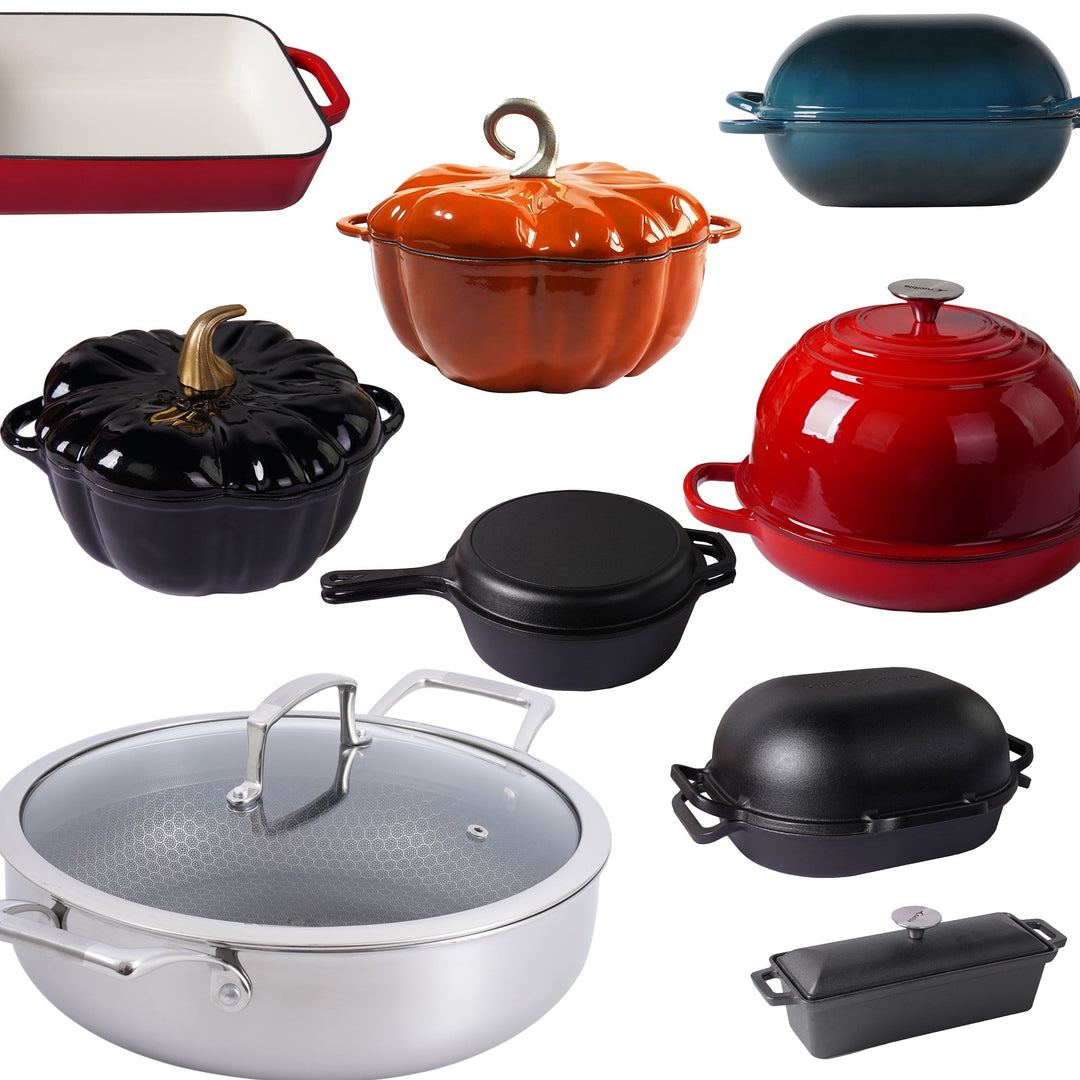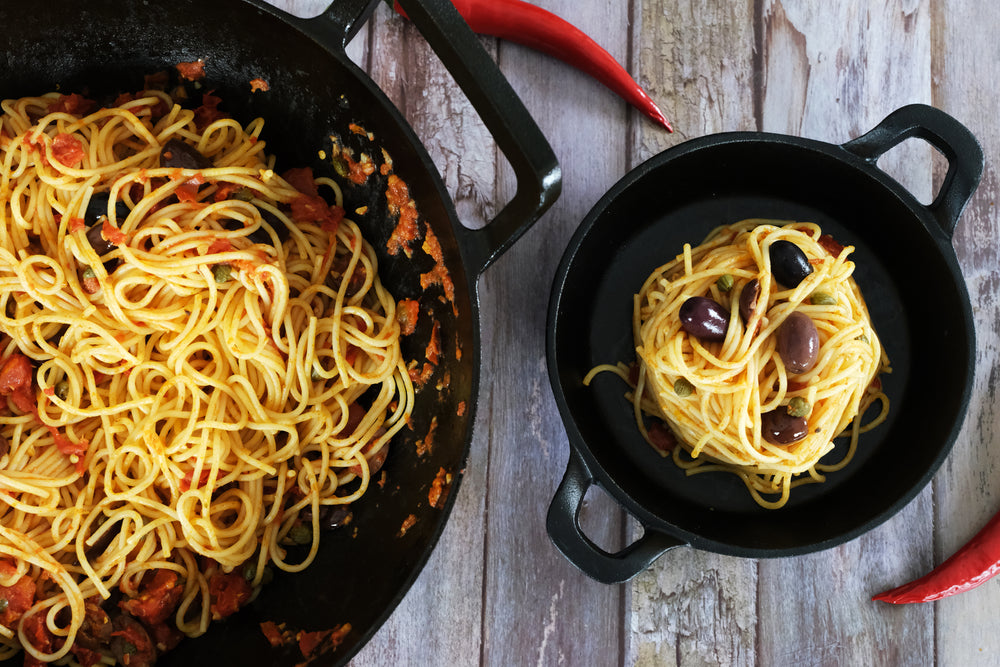Ghee

Perinteinen ghee valmistetaan tyypillisesti suolaamattomasta voista. Suolaamattoman voin valitseminen antaa paremman hallinnan lopulliseen makuun ja varmistaa, ettei ghee ole liian suolaista. Suolaamaton voi on suosituin valinta gheen valmistukseen, luoden neutraalin pohjan sopivaksi sekä makeisiin että suolaisiin ruokiin.
On kuitenkin tärkeää huomata, että teknisesti voit valmistaa gheen myös suolatusta voista, jos haluat hienovaraisen suolaisen vivahteen ruokiisi. Käytettäessä suolattua voita suolapitoisuus tiivistyy veden haihtuessa gheen valmistusprosessin aikana. Jos valitset suolattua voita, ole varovainen kokonais-suolapitoisuuden kanssa resepteissäsi ja säädä lisäsuolan määrää maun tasapainottamiseksi.
Ainekset
- Voi (suolaamaton tai suolattu riippuen siitä, mitä aiot valmistaa gheen kanssa)
Välineet
- Valurautaiset keittoastiat
- Siivilä tai juustoliina
Ohjeet
- Kuumenna suolaamaton voi: Aloita kuumentamalla voi tukevassa, paksupohjaisessa pannussa miedolla tai keskitason miedolla lämmöllä. On tärkeää ylläpitää tätä lempeää lämpötilaa, jotta voi ei ruskistu nopeasti.
- Hauduta ja vähennä: Kun voi sulaa, se jakautuu luonnollisesti kolmeen erilliseen kerrokseen: vaahtoinen ylin kerros, kirkas nestemäinen keskikerros ja maidon kiinteät aineet pohjalla. Anna voin hauduttaa lempeästi.
- Saavuta kullanruskea vaihe: Jatka voin hauduttamista, kunnes pannun pohjalla olevat maidon kiinteät aineet muuttuvat syvän kullanruskeiksi. Tämä vaihe kestää yleensä noin 20-30 minuuttia, vaikka aika voi vaihdella voin määrän ja lämmön voimakkuuden mukaan. On tärkeää tarkkailla voita tarkasti, jotta se ei pala. Poista pinnalla oleva vaahto lusikalla.
- Siivilöi ghee: Kun maidon kiinteät aineet ovat saavuttaneet halutun kullanruskean värin, ota pannu pois lämmöltä. Anna jäähtyä muutama minuutti, sitten siivilöi neste hienon siivilän tai juustoliinan läpi puhtaaseen, kuivaan astiaan. Tämä prosessi erottaa kirkkaan, kullanruskean gheen maidon kiinteistä aineista.
Onnistunut gheen valmistus vaatii kärsivällisyyttä. Voin hitaasti kypsentäminen miedolla tai keskitason miedolla lämmöllä edistää veden haihtumista ja maidon kiinteiden aineiden asteittaista karamellisointia, mikä antaa gheelle sen tunnusomaisen, pähkinäisen maun.









TALLENTAAKO RESEPTIN MYÖHEMPÄÄN?
Jos haluat tallentaa tämän reseptin myöhempää käyttöä varten, voit tulostaa sen, lisätä sivun kirjanmerkkeihin tai tallentaa sen Pinterestiin.
Kuinka tulostaa resepti ilman kuvia
- Mene osoitteeseen https://www.printfriendly.com/
- Syötä reseptin linkki syöttökenttään ja napsauta "Esikatselu"-painiketta.
- Esikatselussa siirrä hiiri elementin päälle, jota et halua tulostaa (kuvat tai muut elementit), ja napsauta roskakorikuvaketta poistaaksesi sen.
- Kun olet valmis, napsauta tulostuspainiketta.
















Jätä kommentti